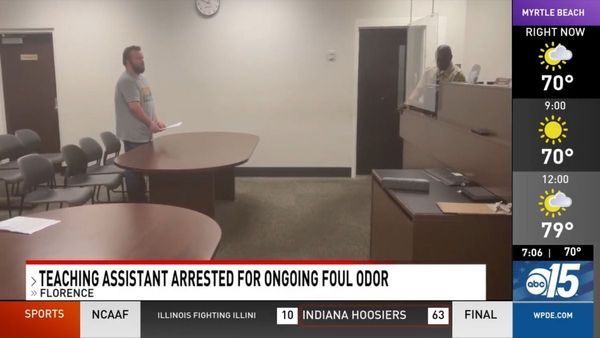
Australians’ chances of winning the Oz Lotto jackpot are set to become slimmer after changes to the game by the Victorian government.
The state government has amended the Public Lottery Licence to introduce two extra balls for Oz Lotto, which currently has participants select seven choices from 45 numbers, with two supplementary numbers drawn.
That matrix will be changed so participants select from 47 numbers, while three supplementary numbers will be drawn.
The changes, which come into effect on 11 May, mean the overall odds of winning any prize across all divisions will increase from one in 55 to one in 50.
However, the odds of winning first division has been changed from one in 45.3 million to one in 62.8 million.
Oz Lotto entrants in all states and territories will be affected, given the game is licensed in Victoria.
The government said the changes mean there would be more chances of winning, not less, given the increase in likelihood of large jackpots.
But the opposition’s spokesperson for gaming, Steph Ryan, described it as a “blatant cash grab” as larger jackpots provide more taxation revenue for Victoria.
“By adding extra numbers to the lottery, the government is ensuring that it’s harder to win, which means it’s going to jackpot more, and bigger jackpots lead to bigger ticket sales,” she told reporters outside parliament on Thursday.
“This is just another desperate grab for cash from the Andrews government to try and plug its failure to manage its own budget.”
“It’s hard to imagine a more stingy move than making Oz Lotto so much harder to win.”
According to the 2021/22 budget update, released in December, the state collected $599m from public lottery taxes in the financial year, about $15m more than initially forecast.
This revenue is expected to increase to $624m in 2022/23, $640m in 2023/24 and $658m in 2024/25.
The majority of gambling taxation revenue is allocated to funding for community organisations, mental health services, programs to tackle problem gambling, including funding for the Victorian Responsible Gambling Foundation, as well as drug education, treatment and rehabilitation.
The government said the changes were not expected to increase gambling-related harm, but the Alliance for Gambling Reform’s Tim Costello disagrees.
“The decision to increase the numbers in play is nothing more than a cynical attempt to increase profits from gambling tax revenue,” he said.
“Since the onset of the pandemic we’ve seen lotto participation numbers skyrocket yet instead of taking a harm reduction approach we’re seeing the Victorian government do exactly the opposite.”
He said exposure to products like lotto and Keno “normalises gambling and increases the harm felt by many of the most vulnerable in the community”.
“Instead of expanding the lotto numbers we want to see harm reduction measures implemented and for a ban on all gambling advertising,” Costello said.
Victoria’s sports minister, Martin Pakula, said he has played lotteries for decades and the division one changes don’t bother him.
“I think for most of us the difference between a one in 40 million and a one in 60 million chance is pretty academic to be honest,” he said.
“I’ve played TattsLotto for 30 years and I’ve never won first division and probably never will.”







